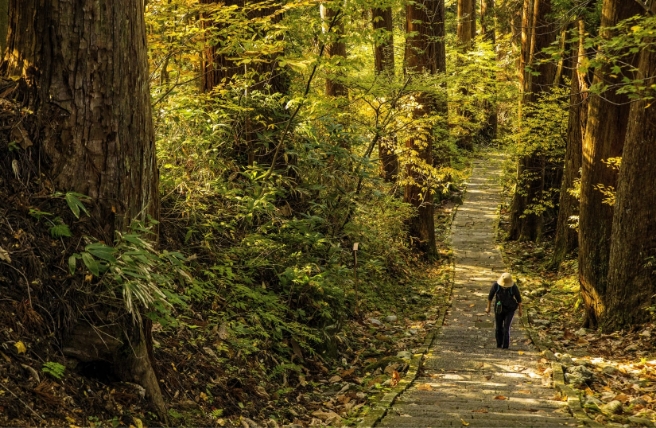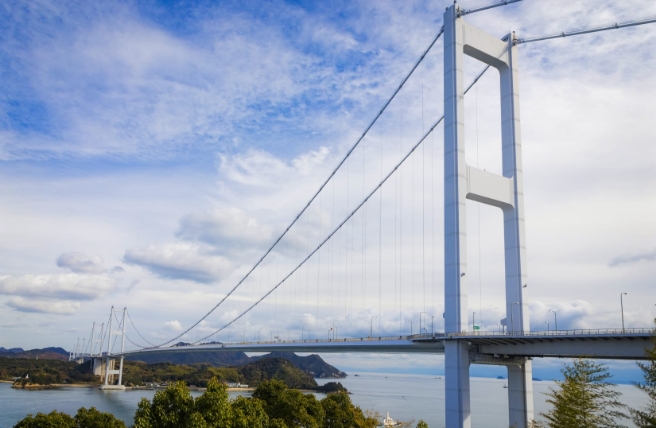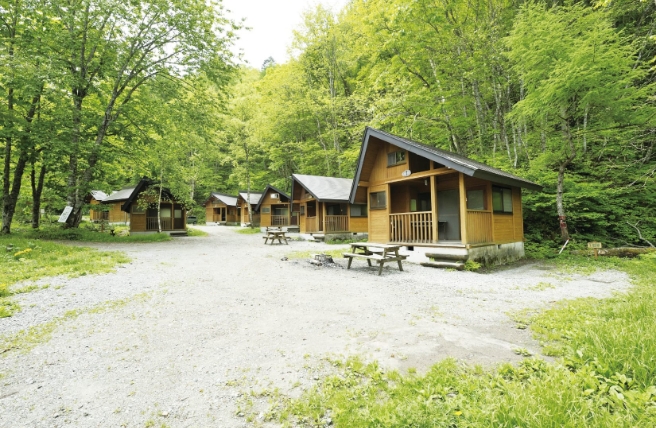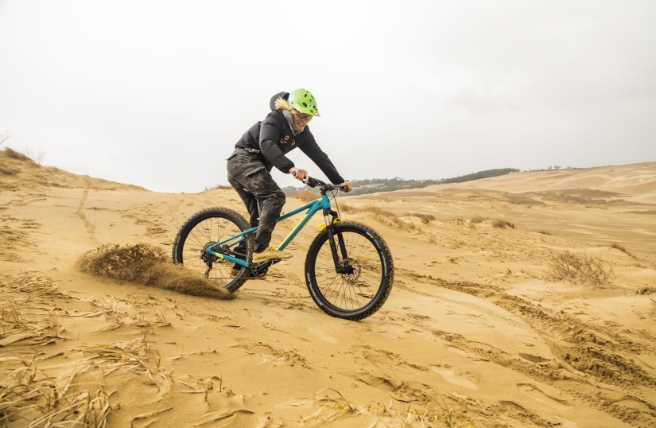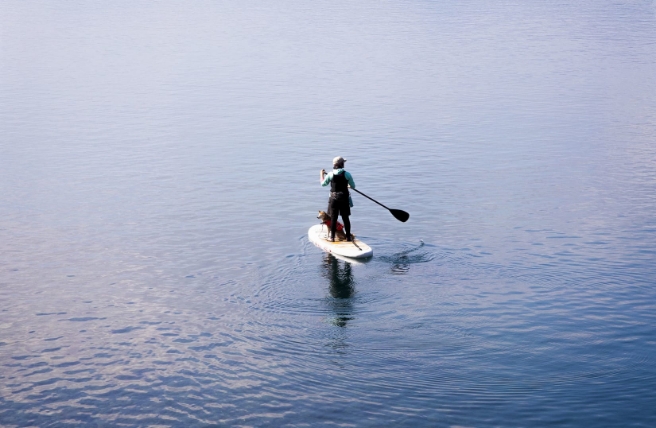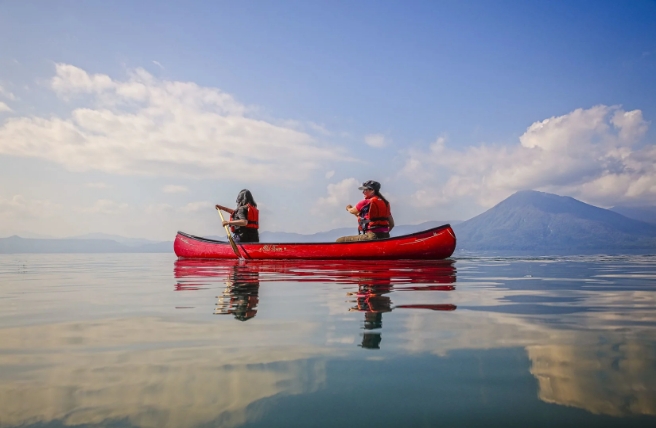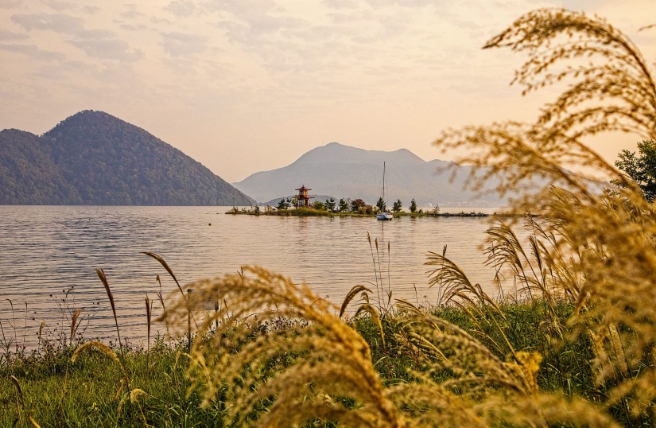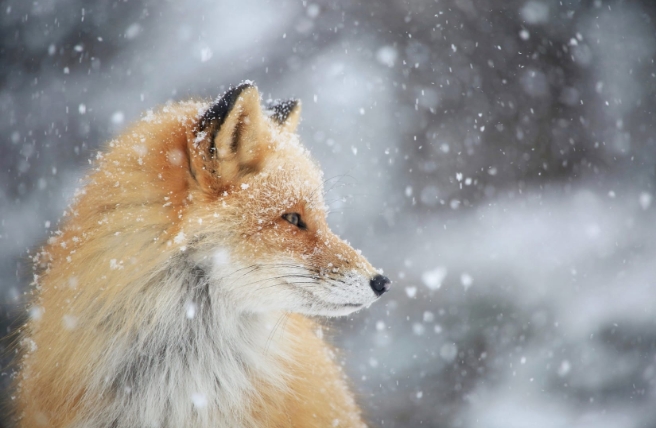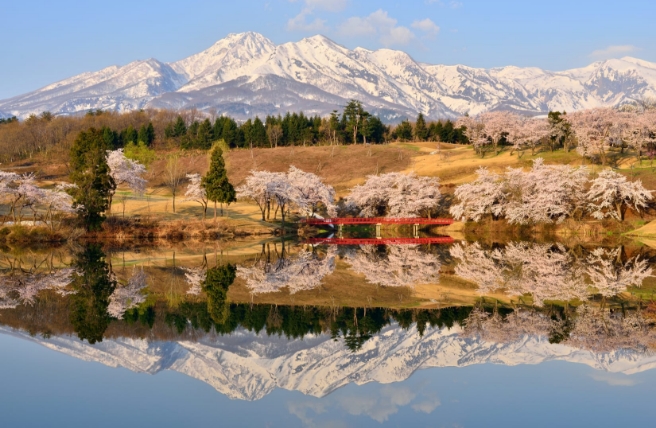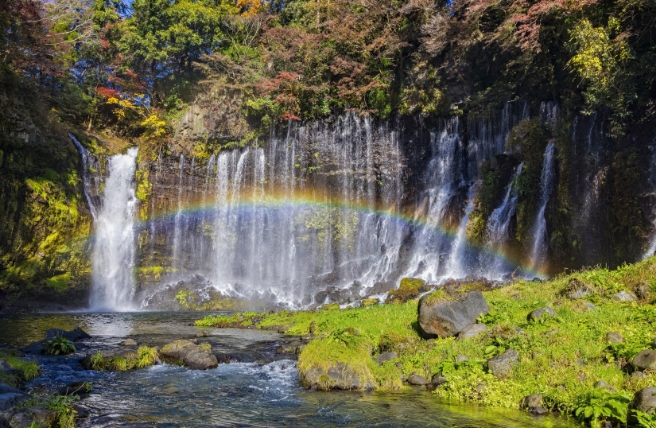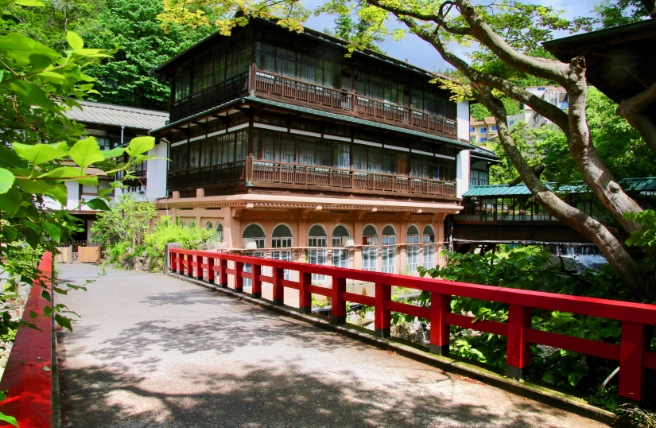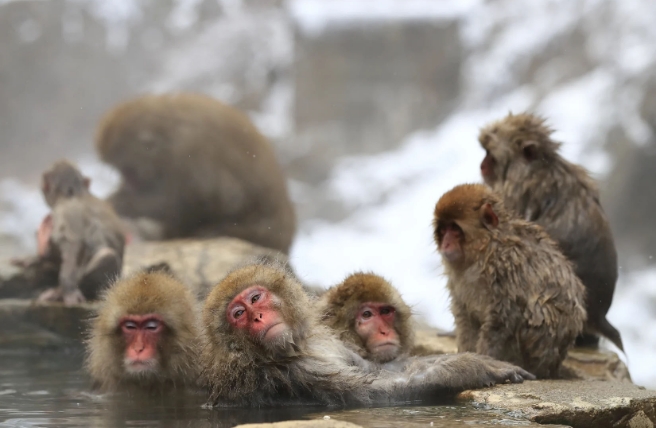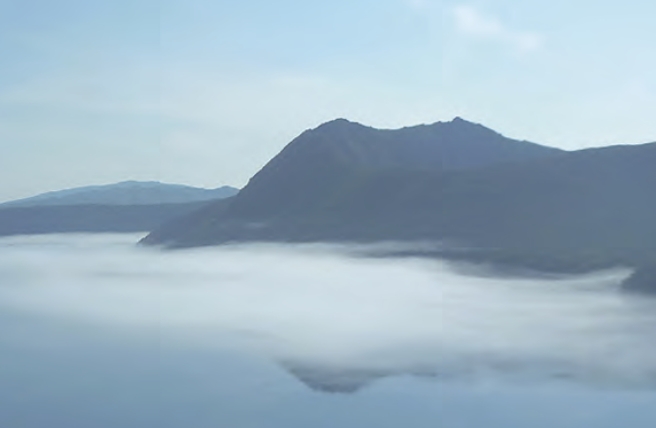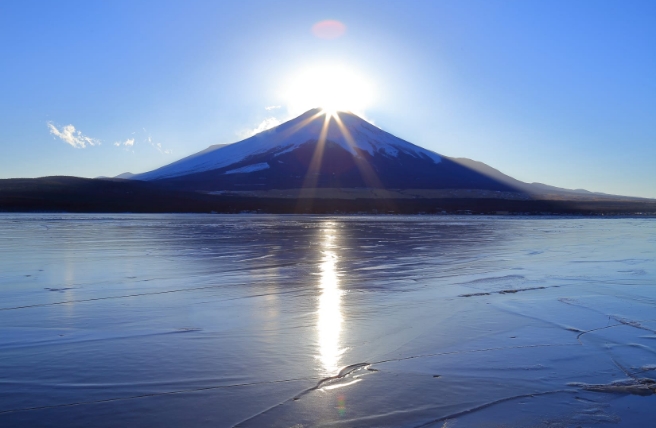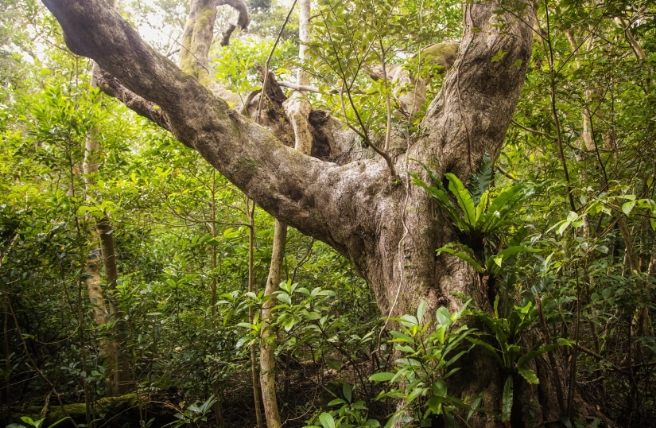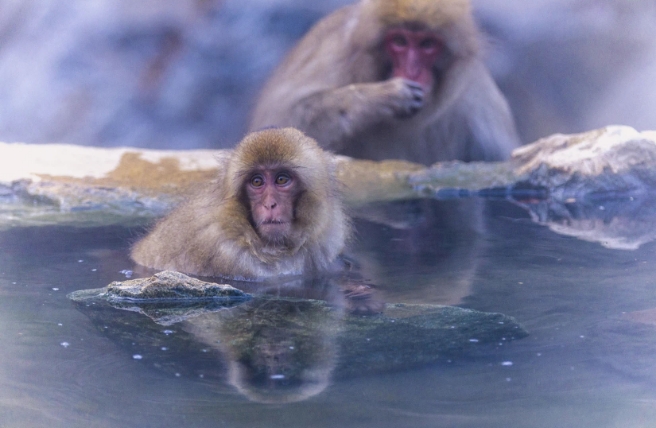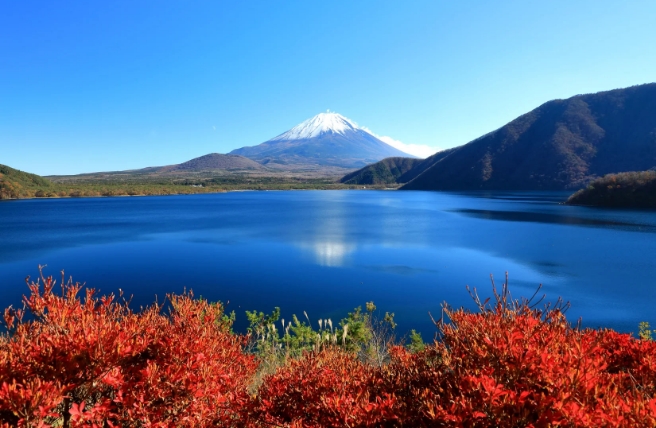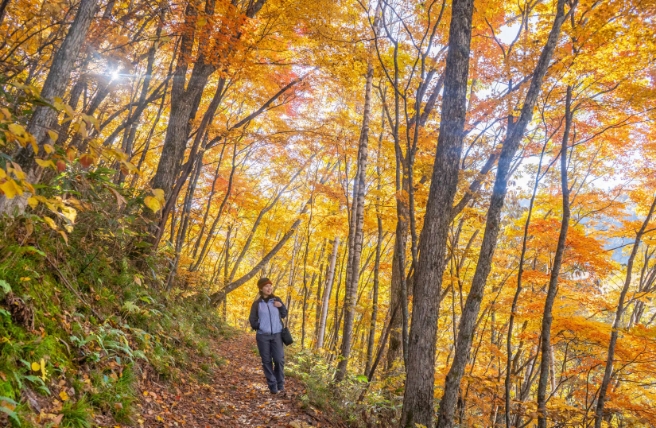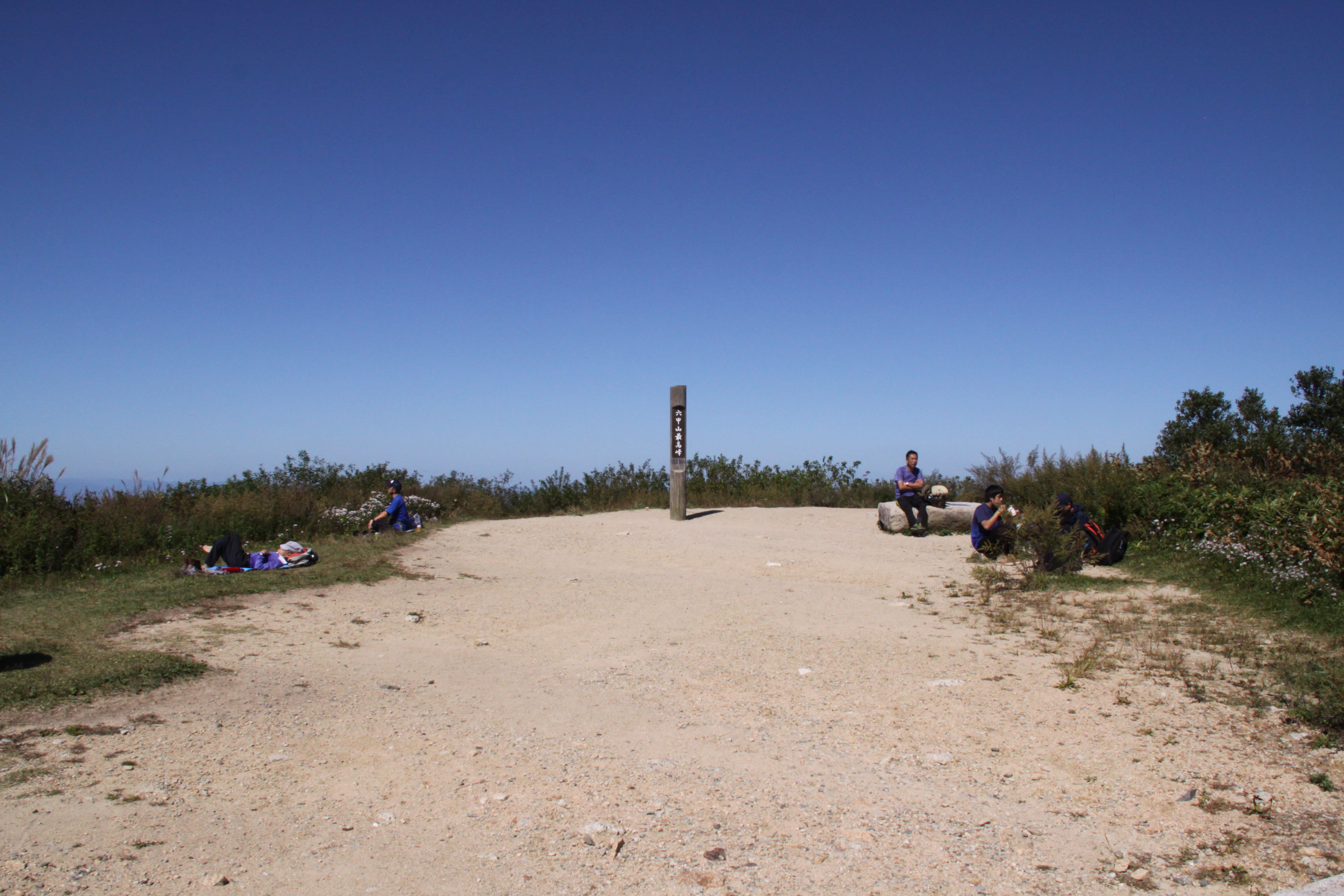Mount Rokko: Kobe’s iconic symbol
The Rokko mountain range overlooks Osaka Bay in Setonaikai National Park. It stretches 56 kilometers from the city of Kobe in the west to the theater town of Takarazuka in the east. Arima Onsen, one of the oldest hot spring resorts in Japan, sits on its northern foothills.
The Rokko mountain range is visible from both Kobe and Osaka. The highest peak of the range, Rokko-Saikoho, is 931 meters above sea level. It is visible from both Kobe and Osaka. Mount Maya, another peak in the Rokko mountain range, is named after the Buddha’s mother and stands at 699 meters just north of downtown Kobe. The mountain range serves as a symbol of Kobe and offers a combination of lush nature and urban excitement. Many parts of Mount Rokko are within walking distance from major train stations and you can reach the plateau at the top via cable cars and ropeways.
Mount Rokko’s transformation over the years
Mount Rokko has a rich but turbulent history. In ancient Japan, it was a sacred spot for mountain ascetics of the indigenous Shinto religion. Buddhism later flourished in the area and the Tenjoji Temple was founded in the seventh century on Mount Maya. It once housed around 3,000 monks, making it one of the largest temples in Japan.
Mount Rokko’s granite was prized for its quality, and was used to build castles and fortresses such as Osaka Castle. Many were built on the foothills of Mount Rokko, which became the site of several major battles in the Middle Ages. With each battle and subsequent reconstruction, trees were cut down, the mountain was quarried for its stone, and some areas were burned, devastating the landscape. In later years, locals continued to cut down trees for firewood and timber, and Mount Rokko’s forests were steadily disappearing. The local government started a large-scale reforestation project in 1895. The slopes were planted with Japanese green alder, black pine, red pine, and locust trees to restore fertility to the soil.
The Port of Kobe opened for trade with the West in 1868 and quickly became a hub for shipping, attracting many foreign residents. Kobe became one of the first places in the country to be exposed to Western culture, food, clothes, and architecture. Many Western-style residences from that era, known as ijinkan, still stand in the Kitano-cho area in the foothills of Mount Rokko today. Foreign communities built villas on Mount Rokko and developed it into a spot for leisure and recreation. Japan’s first golf course was founded there, and it also became the birthplace of modern recreational hiking in the country.
Most people at the time were buried in temple complexes, but it was necessary to find a place to bury Kobe’s many foreign residents who were neither Buddhist nor Japanese. Kobe originally set aside two cemeteries for foreigners, but in the 1950s, the local government started relocating all foreigners' graves to a new cemetery in the tranquil woodlands of Futatabi Park on Mount Rokko, which was completed in 1962.
Reach high altitudes in no time
Observation decks around Mount Rokko offer beautiful panoramic views of the city below and the deep blue waters of Osaka Bay. Cable cars and ropeways from various locations at the bottom of the mountain allow easy access to observatories and trails.
If you are planning to visit Mount Rokko from Kobe City, you can take the Mount Rokko Cable Car. It has been running since 1932 and retains a retro charm. The ride lasts about 10 minutes and takes you through the dense forests along the slopes to the Tenrandai Observatory. Alternatively, you can take the Nunobiki Ropeway, which is just five minutes on foot from Shin-Kobe Station. It sails past Kobe’s soaring skyscrapers and Nunobiki Falls, and takes you straight to the View Rest House, which offers stunning views of the city and houses one of Japan’s biggest herb gardens.
If you are coming from Arima Onsen, you can take the Rokko Arima Ropeway. The ride offers beautiful aerial views as it makes its way to the Rokko Garden Terrace, a complex perched at an altitude of 880 meters. There are shops, restaurants, art installations and a number of observation spots. The complex is crowned by the Rokko Shidare Observatory, a dramatic sculptural landmark comprising a rising wooden centerpiece surrounded by a geometric steel frame.
For stunning night views, visit the Kikusedai Platform on Mount Maya. It can be accessed by the Maya View Line Yume Sanpo, a combination of the Maya Ropeway and Cable Line whose name means "dreamy stroll." The view of glittering city lights of Kobe that can be seen from this observatory has been chosen as one of Japan's top three night views.
Visitors can use the Rokko Sanjo Bus and the Rokko-Maya Sky Shuttle Bus to move between major tourist spots across the mountains. If you are traveling by car, stop by the Hachimaki Platform on the Omote Rokko Driveway for beautiful views of Osaka and Rokko Island.

Night views
Scenic getaways and cultural gems
Mount Rokko offers a mix of nature, cultural, and recreational activities. History buffs can head to the 1,400-year-old Tenjoji Temple on the slopes of Mount Maya or Tairyuji Temple on Mount Futatabi. The serene grounds of Futatabi Park, home to the Kobe Municipal Foreign Cemetery, is also a short walk from Tairyuji Temple.
The Rokko International Musical Box Museum is a five-minute bus ride from Rokko Cable Sanjo Station. The museum houses rare Western musical instruments from the 19th and early 20th centuries. Concerts are held every half hour.
The Nunobiki Falls are a set of four waterfalls in the lush forested foothills of Mount Maya, a short walk from Shin-Kobe Station. These waterfalls resemble sheer drapes of cloth, giving them the name Nunobiki, which means “pulled cloth.”
The nearby Kobe Nunobiki Herb Gardens are covered in picturesque flower beds and gardens of lavender, chamomile, and mint. The Rokko Alpine Botanical Garden offers even more botanical delights with over 1,500 varieties of plants and flowers blooming throughout the year.
In winter, you can try skiing, sledding, or snowboarding on the beginner-friendly slopes of Rokko Snow Park.
Hiking trails abound
Mount Rokko has many hiking trails geared to a variety of fitness levels. You can scale the summit of Mount Maya via the Tengu Trail, whose trailhead is located near Nunobiki Falls. The trail takes you along quiet mountain paths and up the steep and rocky Inazuma Slope. Hikers who reach the top are rewarded with impressive views from the Kikuseidai Platform. Descend the mountain via the Aotani Trail, the ancient path to Tenjoji Temple. The descent takes you past the Gyoga Temple and Myokoin Temple on a gentle riverside path. It ends at Hankyu Oji-Koen Station. You can also opt to hike up the Tengu or Aotani trail and take the cable car back down, or vice versa.
The Twenty Cross Trail is a valley path near the foot of Mount Maya. It takes you past the Nunobiki Falls, then Nunobiki Gohonmatsu Dam and Lake Hodaka (via Tokugawa-michi Road) before you reach the Kikuseidai Platform. Although the trail is relatively gentle, it does require you to cross streams.
Written by Sameeha Anwar
